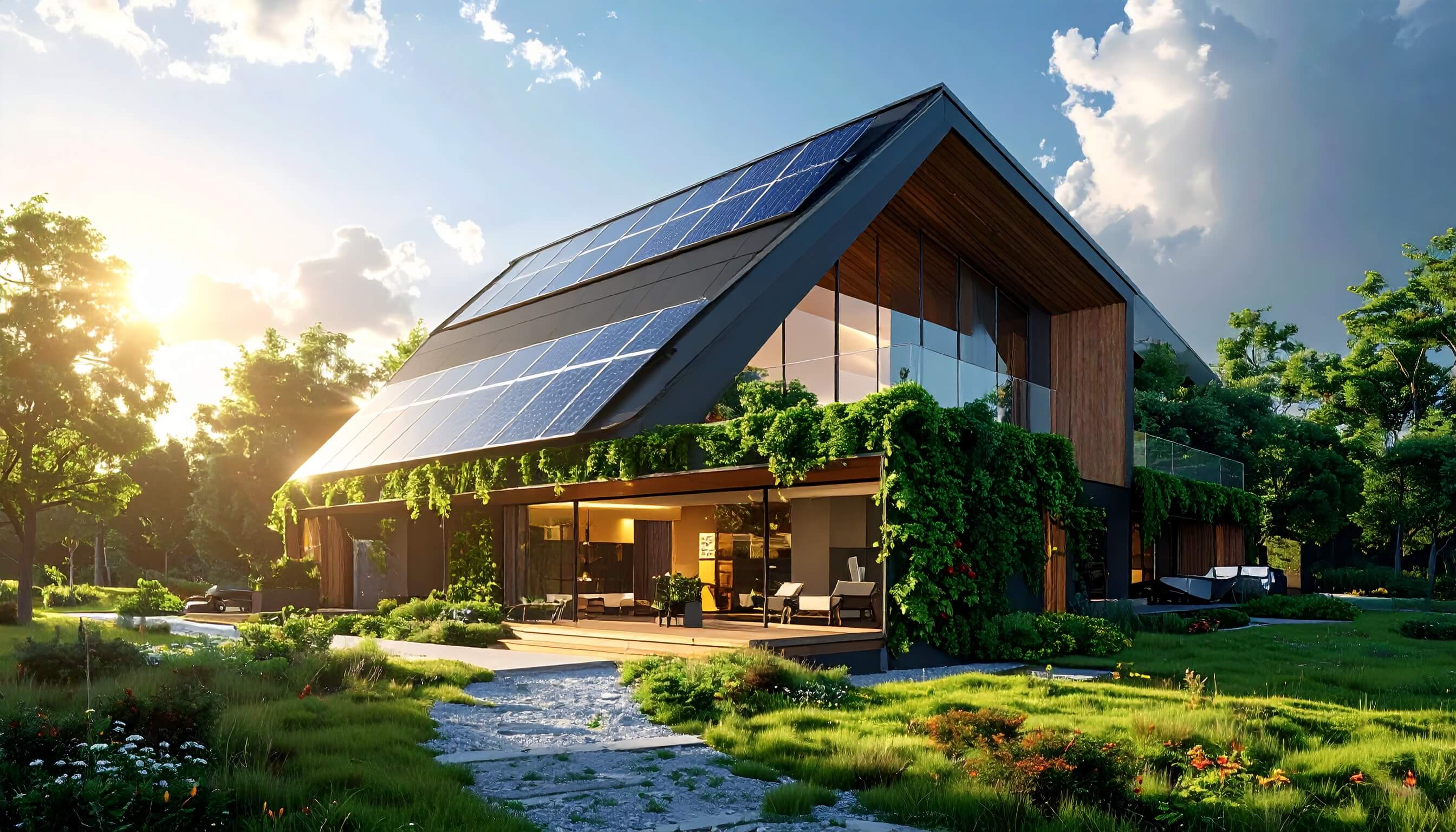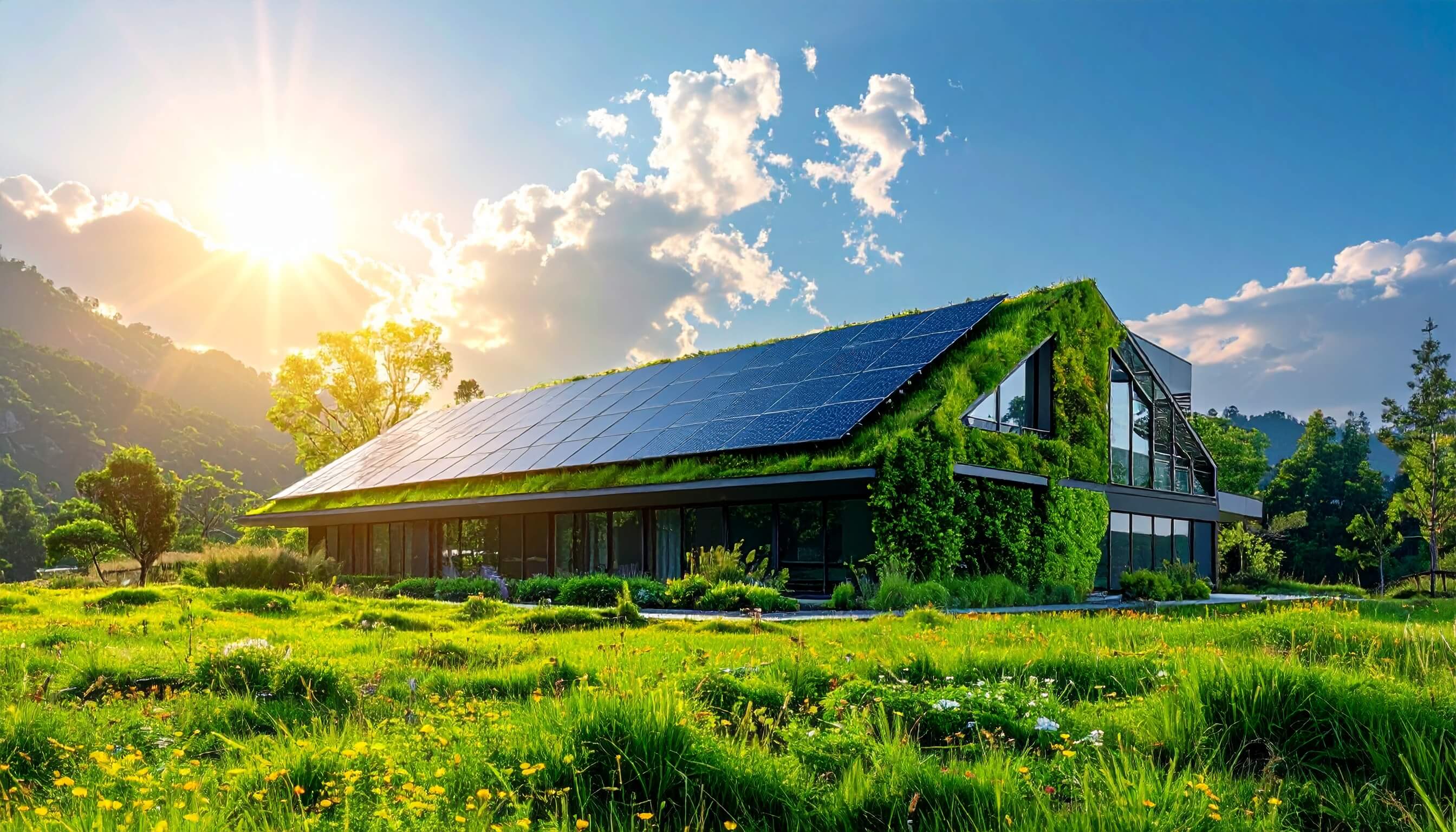Urbanization and environmental concerns have accelerated the adoption of green building technologies. In 2025, sustainable construction methods, energy-efficient materials, and smart design principles are revolutionizing urban architecture. This article explores the latest trends, technologies, and impacts of green buildings in creating eco-friendly cities.
1. Energy-Efficient Building Design
Green buildings prioritize energy efficiency through insulation, passive solar design, smart windows, and natural ventilation. By optimizing energy use, these buildings reduce operational costs and carbon footprints.

2. Renewable Energy Integration
Buildings integrate solar panels, wind turbines, and energy storage systems to generate on-site renewable energy. Smart grids and AI optimize energy distribution within buildings and across urban networks.
3. Sustainable Materials and Construction
Eco-friendly materials such as recycled steel, low-carbon concrete, bamboo, and reclaimed wood are increasingly used in construction. Sustainable sourcing and modular building techniques reduce waste and environmental impact.

4. Smart Building Management Systems
AI-driven building management systems monitor energy usage, lighting, HVAC, and water consumption. Predictive maintenance and automated optimization enhance efficiency, reduce costs, and increase occupant comfort.
5. Water Efficiency and Waste Reduction
Green buildings incorporate rainwater harvesting, greywater recycling, and low-flow fixtures. Waste reduction strategies, including on-site recycling and composting, support sustainability goals.

6. Indoor Environmental Quality
Green buildings prioritize air quality, natural lighting, and acoustics to improve occupant health and productivity. Advanced sensors monitor environmental conditions, enabling proactive adjustments.
7. Urban Planning and Green Spaces
Green building extends to city planning, with vertical gardens, green roofs, and urban parks enhancing biodiversity, reducing heat islands, and promoting community well-being.

8. Economic and Social Benefits
Green buildings lower utility costs, increase property value, and create jobs in sustainable construction and technology sectors. They foster healthier, more productive communities and encourage eco-conscious lifestyles.
9. Policy and Certification
Governments and organizations support green construction through incentives, building codes, and certification programs like LEED and BREEAM. Compliance ensures high environmental standards and promotes market adoption.

10. The Future of Sustainable Cities
By 2030, green buildings will dominate urban landscapes, integrated with renewable energy, AI management, and eco-friendly urban planning. These technologies will create sustainable, resilient, and livable cities worldwide.
Conclusion
Green building technologies in 2025 are shaping the future of urban sustainability. Through energy-efficient design, renewable integration, sustainable materials, and smart systems, cities can reduce environmental impact while improving quality of life. Investing in green construction is key to achieving resilient, low-carbon urban development.

